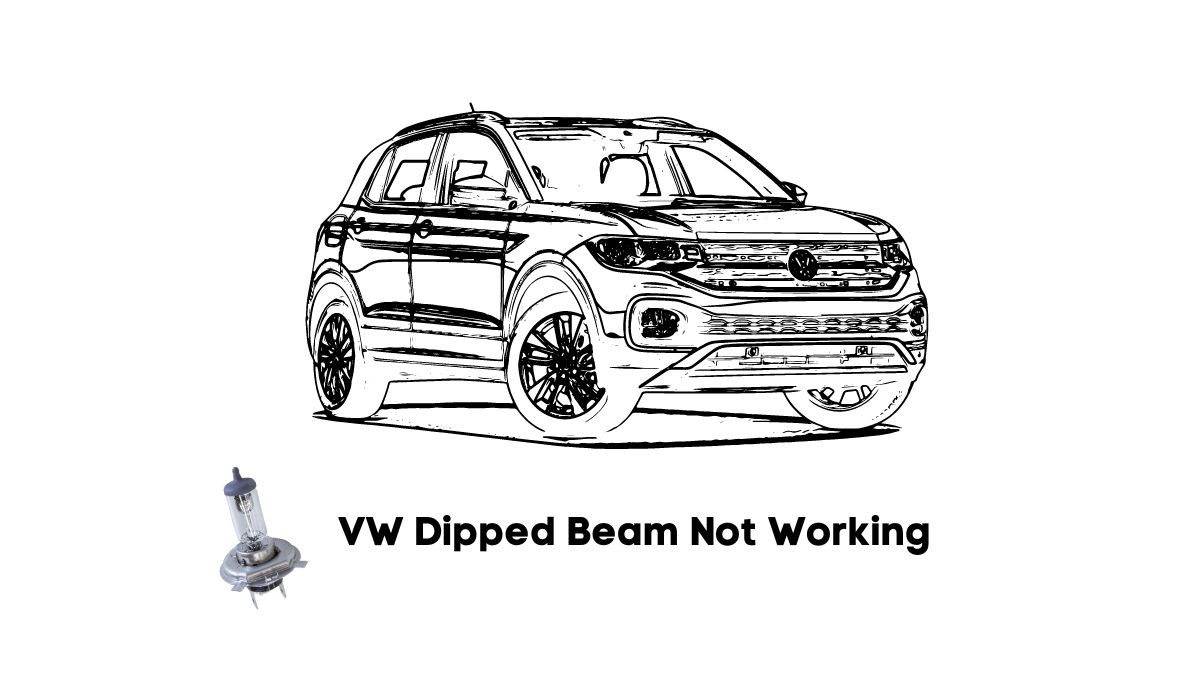Dipped beams are more heavily regulated than people think. Consider this guide detailing Road Vehicle Lighting Regulations (1989) in the UK. It goes so far as to mention the minimum distance between two dipped-beam headlamps. In other words, local authorities may penalize you for a VW dipped beam that doesn’t work.
You find dipped beams next to the main beam headlights. They point downward to alert other drivers to your presence without dazzling them.
People use them in built-up areas at night and during the day when visibility is low. For instance, you might see active dipped beams on a stormy or foggy morning. Some dipped beams will refuse to work altogether.
Others will work some of the time. They may even flicker, going on and off at random moments. Why does this happen? The following may explain this phenomenon:
1). The CANBUS System Is Faulty
What makes you think the dipped beam has stopped working? Has the light actually gone off, or is the dashboard warning you that a front-dipped beam has stopped working? These are two separate issues.
One of them points to a faulty dipped beam. The other is concerned with a defective CANBUS system.
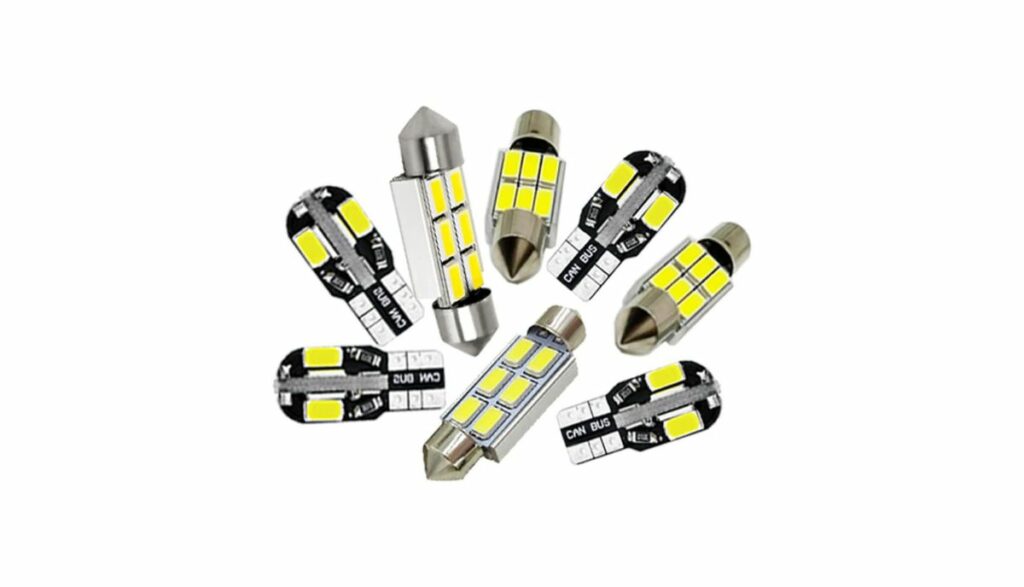
The experts at CSS Electronics trace the CANBUS system to Bosch, which developed the protocol in 1986. The system allows multiple ECUs to communicate.
The standard is simple, low-cost, centralized, efficient, and robust. However, it can fail, leading to unexpected faults in the electronics.
How To Fix It?
Some cars are sophisticated enough to alert you with an error message when the CANBUS fails. Others expect you to troubleshoot the system:
- Test the CAN with a multimeter. This means disconnecting the battery, finding an easily accessible CAN point (using the electrical diagram), and measuring the resistance (between CAN H and CAN L). Victor Gonzalez from Diagnostic Tips expects the value to fall between 57 and 62.
- Take the vehicle to a mechanic if you get the wrong readings. You can’t fix this problem alone. An expert will perform additional tests until they narrow the fault to a specific area. For instance, they may find that a pin is not anchored to a connector. A layperson cannot identify this problem.
- Connect the CAN High and CAN Low in the correct order. Otherwise, you will distort the traffic.
- Have you detected electrical conductivity between CAN High and CAN Ground or Low and Ground? Look for pinched and broken wires or wires shorted to the shield.
- Enovation Controls wants you to look for a voltage of 2.5 – 3.0VDC between CAN Hi and Ground after disconnecting the plugs. The voltage between CAN Low and Ground should fall between 2.5 and 2.0 VDC. Otherwise, look for and fix a defective CAN port.
A contributor to the TDI Club forum had a flawed CANBUS system that kept alerting them about a front-dipped beam light that would not work. Replacing the parking light bulb solved the problem because the CANBUS couldn’t detect a sufficient load on the circuit.
This shows you how complex CANBUS systems can get. Leave them to a professional.
2). You Have A Bad Fuse
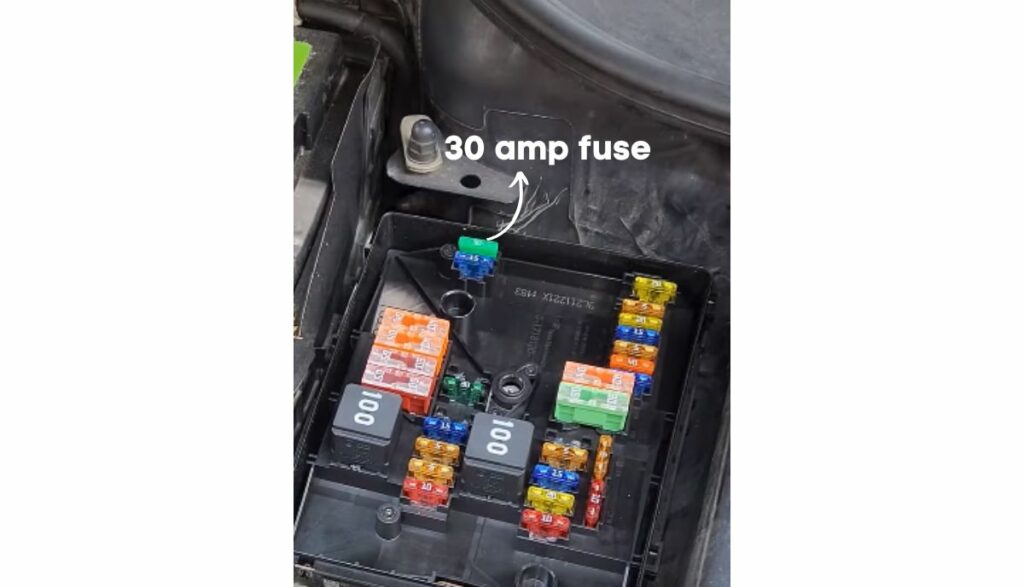
The fuse can disrupt a system’s electrical flow when it blows. Usually, this is a good thing because it protects electronic devices from dangerous surges. But what happens when the dipped beam’s fuse blows repeatedly?
Don’t be so quick to blame yourself. VW’s fuses have a reputation for misbehaving. This Reuters article from 2017 mentions a recall that VW in China initiated because of a faulty fuse. The recall affected nearly 600,000 vehicles, including Golf and Sagitar cars. The defect in question was concerned with a headlight fuse.
It introduced a safety risk. This National Highway Traffic Safety Administration guide details another recall that affected 2009 – 2011 MY Tiguans. It mentions abrasions on the fuse blade coating, which occur due to thermal dilation, disrupting the electrical flow to the exterior lights because of localized overheating.
How To Fix It?
You fix a blown fuse by replacing it. It is that simple. You can replace a fuse for $20 or less. While laypeople may spend $140 by taking the car to a professional, a tech-savvy driver can lower their costs by replacing the fuse themselves.
The manual will show you where to find the relevant fuse and how to replace it. But if your vehicle is affected by a VW recall, take the car to an authorized VW dealership. They will perform the repairs for free and compensate you for any expenses you’ve incurred as a result of the factory defect.
3). You Have A Bad Bulb
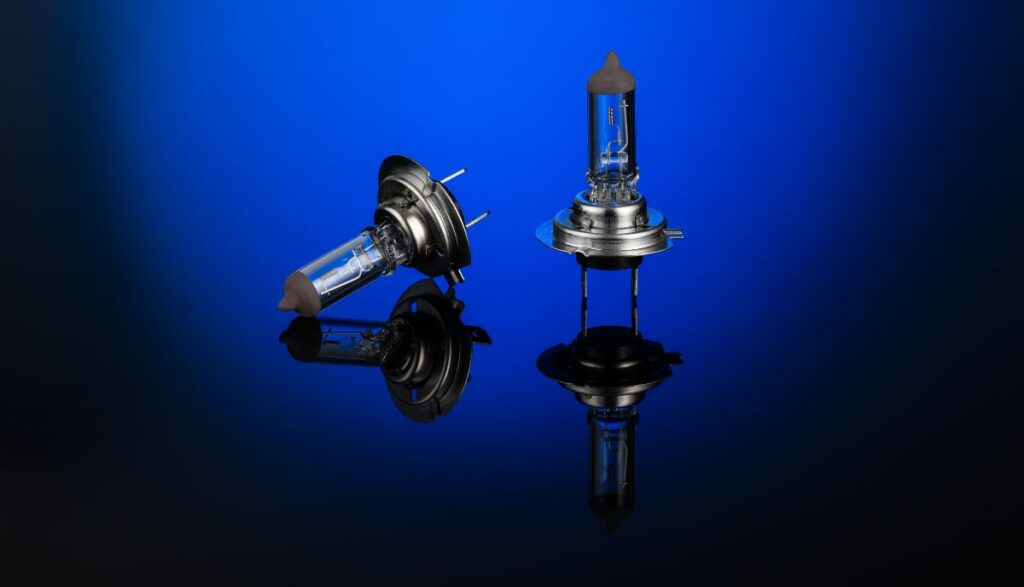
Dipped beams are similar to conventional headlamps. Their bulbs can stop working for one or more of the following reasons:
- You installed the wrong bulb type.
- The bulb burnt out because of moisture.
- You killed the bulb by touching it with your bare hands and exposing the glass to oils and salts, leading the bulb to expand and contract unevenly.
- You exposed the bulbs to extreme temperatures.
- Voltage fluctuations destroyed the bulbs.
- You purchased low-quality bulbs.
How To Fix It?
- Test the bulb. A visual inspection may reveal black smudges and spots, proving that you need a new bulb.
- Install a new bulb. Use the type recommended in the manual. You have numerous options at your disposal. Keep in mind that halogens are cheap but don’t last long (500 – 1000 hours).
- Wear gloves before handling the bulb.
- If you think a voltage spike destroyed your previous bulb, ask a mechanic to troubleshoot the vehicle’s electrical system. Otherwise, the new bulb will also fail. Did you install the correct fuse? Does it have the proper rating? Is it oversized? A mechanic can answer these questions and more.
- Diagnose the ballast. Do you even have one? Are the wires adequately insulated? The ballast regulates the current running to the bulb. Without this device, the bulb may burn out quickly. If you’ve never seen one, check out a picture of a ballast.
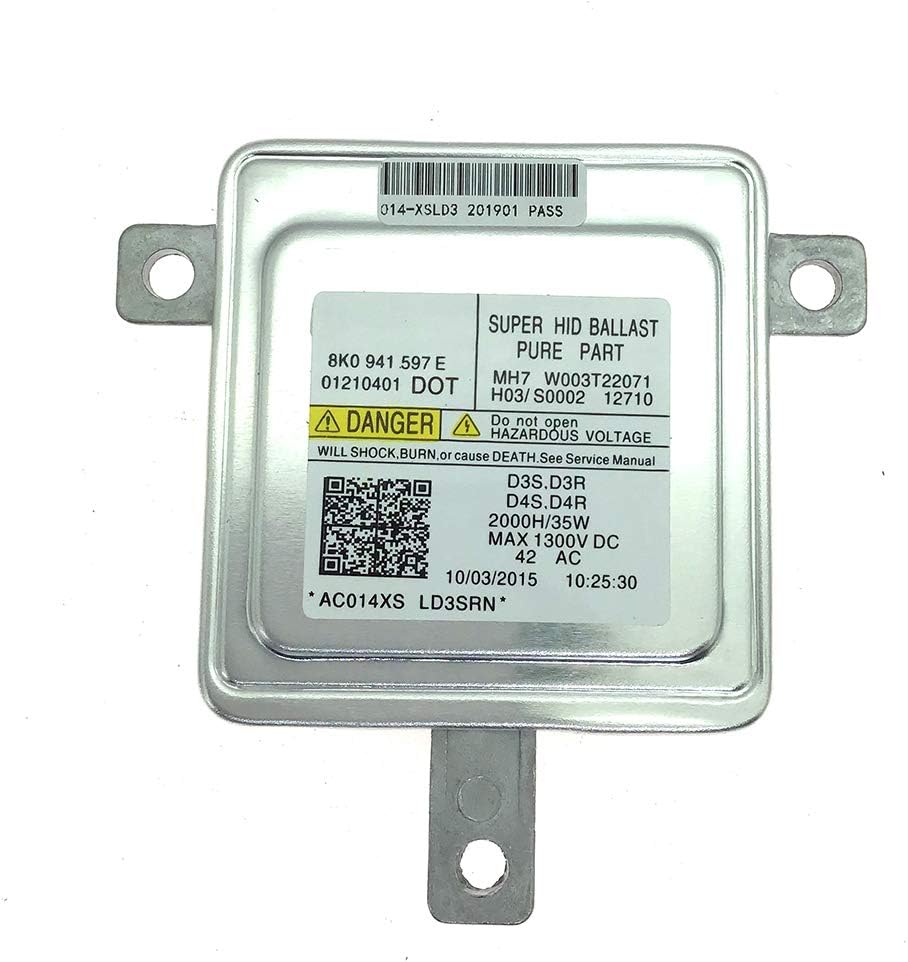
- Buy high-quality bulbs. While cheaper bulbs are tempting, they won’t last long.
4). You Have A Bad Socket And Connector
The bulb sits in a socket or connector at the back inside the headlight housing. You twist the bulb to lock it in the socket. The socket provides the current the bulb uses to produce light. Therefore a bad socket will disrupt the dipped beam’s work. The following symptoms point to a defective bulb socket:
- The light will stop working.
- The light will become erratic, randomly turning on and off.
- You will see visible damage on the socket.
- You may also observe corrosion on the contacts.
- A surge can melt the socket or leave burn marks.
- The bulb will frequently burn out.
Bulb connectors can fail because of the following factors:
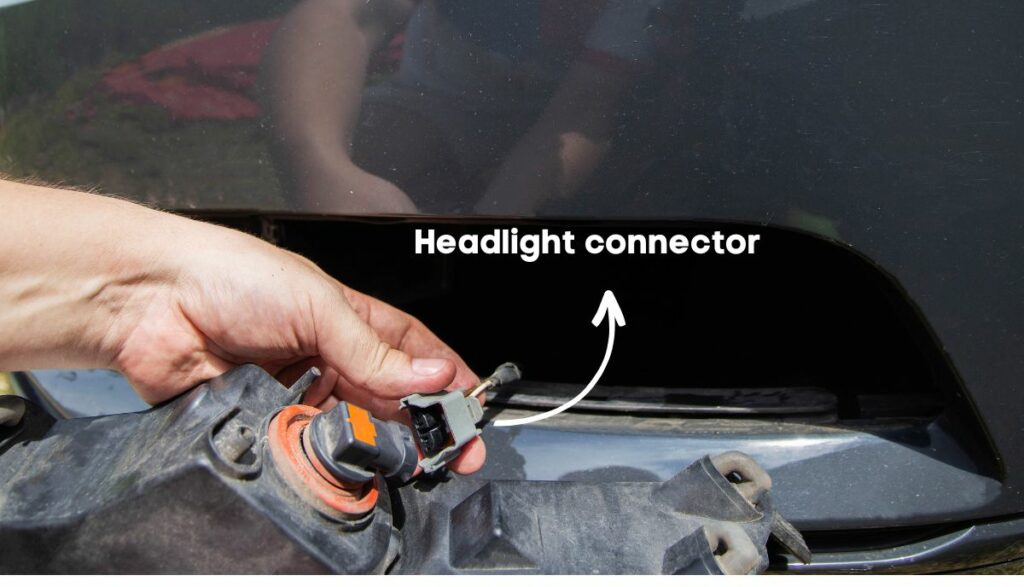
- Moisture inside the headlamp can lead to corrosion. The socket has metal parts. Don’t ignore fogged headlamps.
- Bulb connectors can sustain damage because of accidents.
- The sockets can warp and melt because of excess heat from the bulb.
- Faulty fuse.
- Damaged wiring.
- Loose connections.
- Miswiring.
How To Fix It?
You can replace a damaged bulb connector for $60 – $250, depending on the duration of the task and the labor fees. It won’t take the mechanic long to replace the actual socket. But what about the loose connections, damaged wiring, blown fuses, and every other component the mechanic needs to fix to prevent the new socket from also failing?
The more work the mechanic must do, the more money you will pay. Keep an eye out for fogged headlamps. Moisture can form inside the headlamp because of condensation. Don’t assume that your headlamp has a crack.
Some cars have internal mechanisms that automatically remove moisture. You can also use a hairdryer. It allows you to remove the moisture without opening the headlamp.

